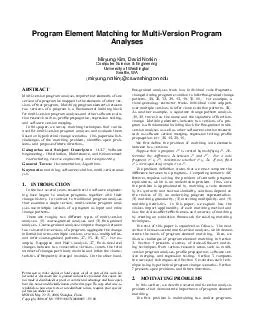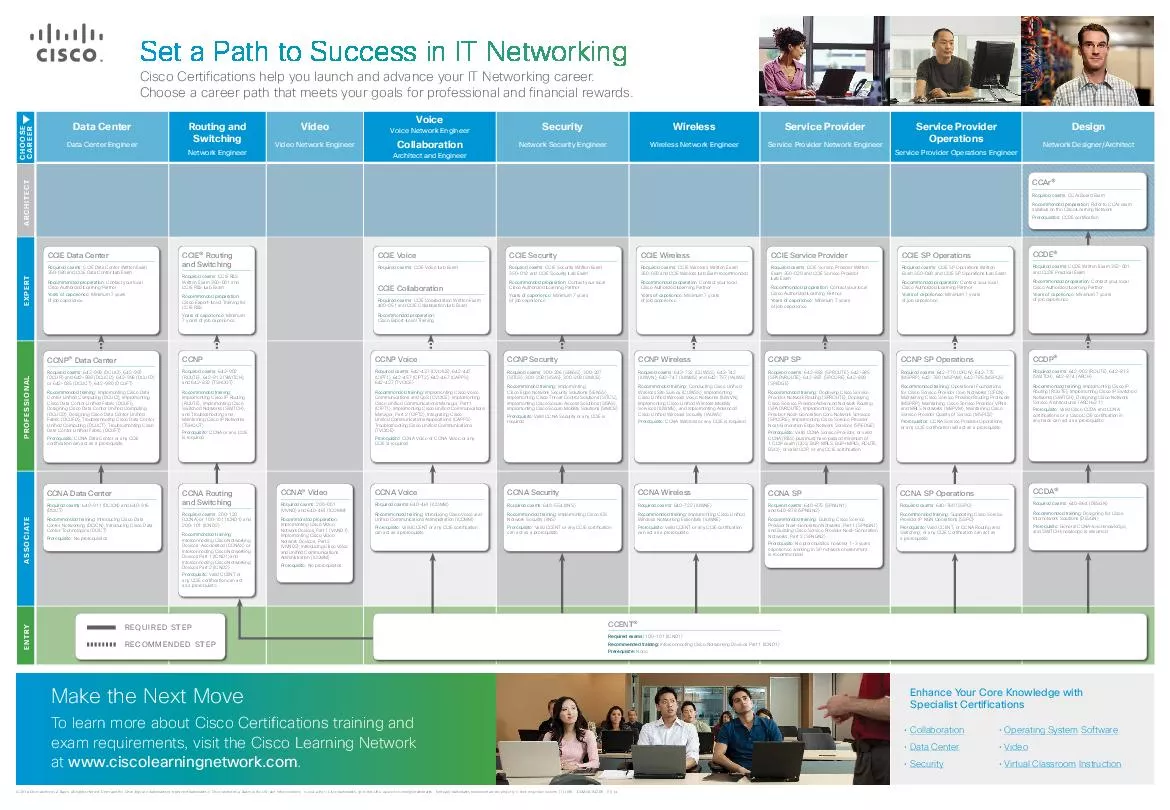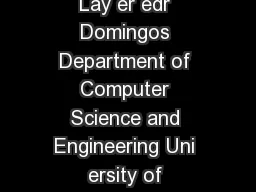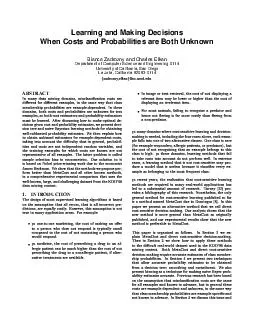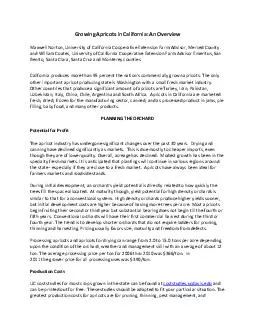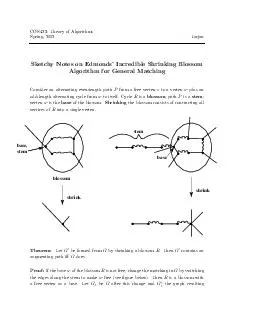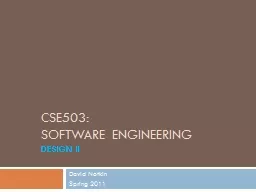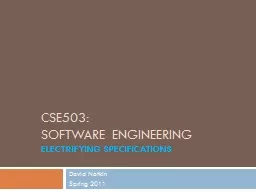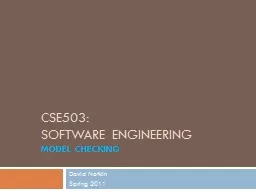PDF-Pr ogram Element Matc hing or MultiV er sion Pr ogram Anal yses Mir yung Kim Da vid Notkin
Author : liane-varnes | Published Date : 2014-12-24
w ashingtonedu ABSTRA CT Multiv ersion program analyses require that elemen ts of one ersion of program mapp ed to the elemen ts of other er sions of that program
Presentation Embed Code
Download Presentation
Download Presentation The PPT/PDF document "Pr ogram Element Matc hing or MultiV er ..." is the property of its rightful owner. Permission is granted to download and print the materials on this website for personal, non-commercial use only, and to display it on your personal computer provided you do not modify the materials and that you retain all copyright notices contained in the materials. By downloading content from our website, you accept the terms of this agreement.
Pr ogram Element Matc hing or MultiV er sion Pr ogram Anal yses Mir yung Kim Da vid Notkin: Transcript
Download Rules Of Document
"Pr ogram Element Matc hing or MultiV er sion Pr ogram Anal yses Mir yung Kim Da vid Notkin"The content belongs to its owner. You may download and print it for personal use, without modification, and keep all copyright notices. By downloading, you agree to these terms.
Related Documents

